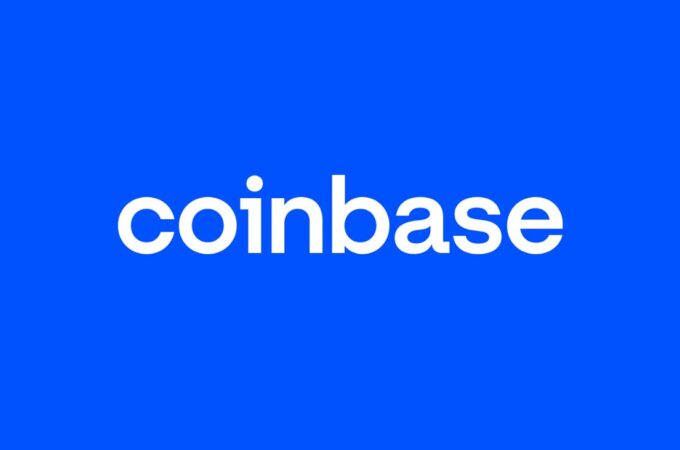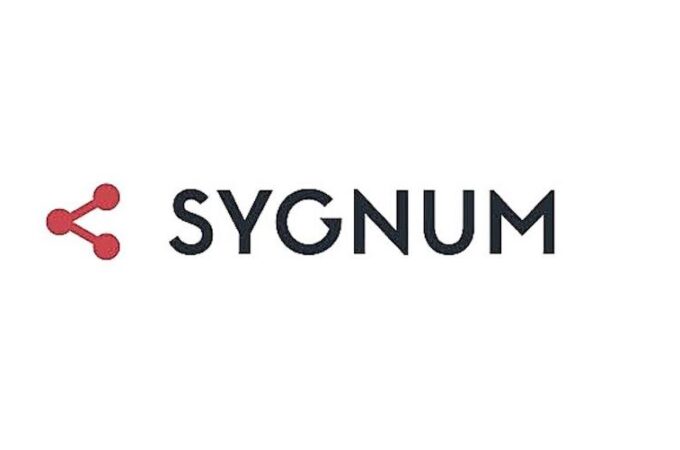
The Bizarre Fallout of Ethereum’s Epic Fail
By David Morris for Fortune Magazine
The hack of an ambitious project has opened deep rifts in the blockchain community.
We reported back in June when one of the most ambitious blockchain projects so far unceremoniously faceplanted on launch. The DAO—a crowdsourced venture capital platform based on the Ethereum blockchain and touting its ability to dispense with lawyers and financial institutions—fell victim to a $60 million dollar hack soon after opening.
As of this past Friday, according to Bitcoin Magazine, the still-anonymous attacker is able to sell some of the stolen cryptocurrency. But huge efforts by the Ethereum community to recover from the hack have left those takings much less valuable than they were in July—and stirred controversy among blockchain pioneers.
That effort was partially successful, but in the end the only real fix was the nuclear option—a so-called “hard fork” of the entire Ethereum blockchain. In this case, a hard fork meant a full rollback of the malicious DAO transactions, essentially rewriting the Ethereum transaction ledger to remove about 12 million Ether tokens from the hackers’ accounts. Ethereum developers lobbied for the hard fork, and completed it in late July with the consensus of most operators of Ethereum servers (a.k.a. miners).
But not everyone was happy with the solution. A portion of the Ethereum community, and of the blockchain community more broadly, felt that the hard fork involved both conflicts of interest and a compromise of the basic principles of The DAO, Ethereum, and blockchains as a whole.
The entire idea of blockchains is that, as it is often put, “code is law.” Anti-fork contrarians, describing themselves as “radical crypto-decentralists,” argued that any forced change to the Ethereum blockchain—even to reverse a crime, even to correct an unintentional glitch in the code—would itselfundermine that fundamental tenet. This was only more troubling, they said, because the hard fork was being lobbied for by influential players who had themselves contributed to The DAO, and therefore stood to personally benefit from an override of the blockchain.
For more on blockchain and cryptocurrency, watch our video.
A faction of the Ethereum community acted on this skepticism, continuing the old blockchain, which is now known as Ethereum Classic (ETC). Amazingly, that blockchain—with the DAO hacker’s holdings substantially intact—today has a total market value of $119 million, making it the sixth-largest cryptocurrency in the world. Bitcoin Magazine reports that the thief still controls about 5% of all Ethereum Classic tokens, or somewhere around $7 million dollars’ worth.
Meanwhile, the hard fork has stabilized Ethereum, but the attack’s consequences haven’t been rolled back. The market value of Ethereum proper is down roughly 15%from levels preceding the DAO’s launch and subsequent hack. It is still the second-largest cryptocurrency in the world after Bitcoin.
But the protocol, long touted as a more sophisticated heir to Bitcoin’s throne, has undeniably been battered. And its most ambitious promise—that code can completely supplant the role of institutions and laws in securing financial transactions—may be down for the count.
First appeared at Fortune





